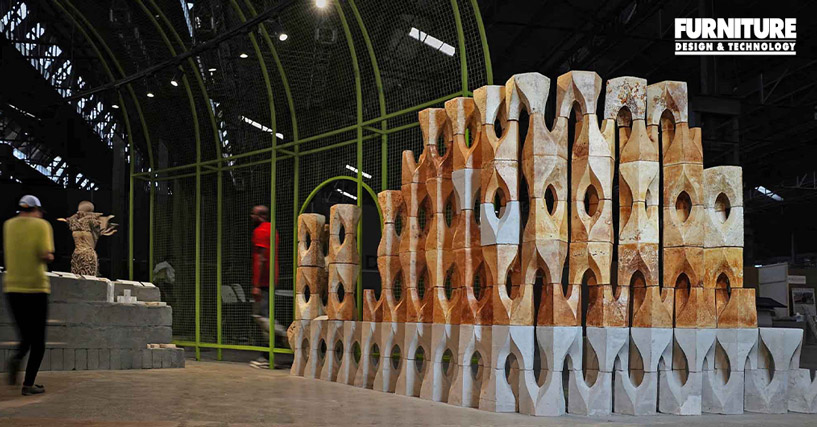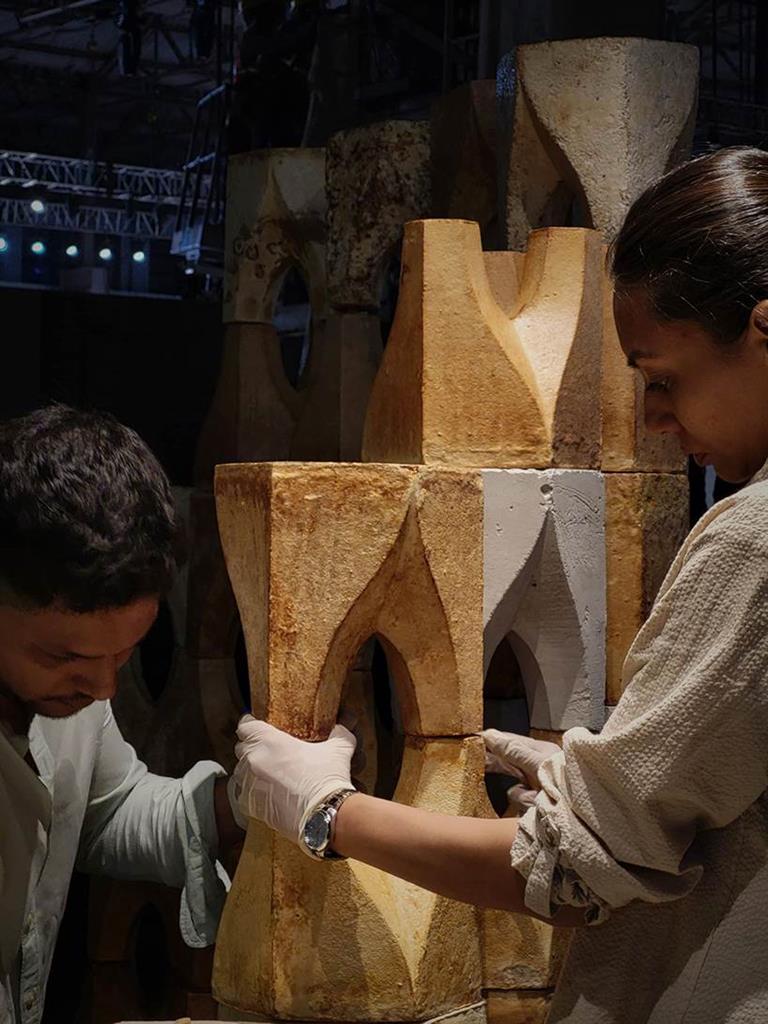
At the intersection of biology, sustainability and design, Anomalia, a design studio founded by Suyash Sawant and Bhakti Vinod Loonawat, recently curated an immersive and thought-provoking exhibition titled MycoMuseum. Presented as part of the Conscious Collective event hosted by Godrej Design Lab in Mumbai, the exhibit offered visitors a compelling vision of the future through the lens of mycelium. Know more about this intricate root-like structure of fungi that is known for its regenerative and biodegradable properties on FURNITURE DESIGN AND TECHNOLOGY (FDT).

The MycoMuseum was not a conventional showcase. Rather, it was a collaborative design initiative that brought together leading minds and innovators across architecture, fashion and materials research. It highlighted the diverse applications of mycelium in both functional and aesthetic contexts, thus demonstrating how fungal matter can replace conventional, resource-intensive materials to create low-impact alternatives in furniture, packaging, fashion and structural systems.
Among the standout pieces was MycoBlox, a modular wall and block system developed in collaboration with MYCL Bio and ROHA. These blocks, grown using agricultural waste and shaped in specially designed five-part molds, are stackable, lightweight and structurally capable. What makes MycoBlox particularly notable is its complete biodegradability and its potential to return to the earth’s resource cycle after use. By addressing the problem of carbon-heavy construction and the resulting waste, MycoBlox presents an example of how regenerative materials can be integrated into architecture to both minimize impact and create beauty.

Another key feature of the exhibition was MycoLiving, a furniture piece that incorporates Mylea, a recyclable leather alternative developed by Mycl Bio. This mycelium-derived material serves as a sustainable upholstery for the chair, which Anomalia envisions as part of a new generation of eco-conscious furniture. It proves that elegance and responsibility can coexist, offering an example of how fungal-based materials can meet everyday needs without compromising environmental values.

The MycoMuseum further pushed the boundaries of fungal design with MycoCore, a clothing series resulting from a collaboration between Anomalia, fashion designer Anushe Pirani, and Mycl Bio. Here, mycelium transcends its traditional role as a structural component and becomes a wearable textile. Designers reimagine the natural texture and form of fungal gills into fine, intricate mycelial threads, resulting in garments that are visually compelling and environmentally responsible. This collaboration celebrates fungi’s biological adaptability and underscores the potential for circular practices in fashion design.
Image credit: Anomalia
Furniture Design India and the magazine FURNITURE DESIGN & TECHNOLOGY (FDT magazine) are from the trusted 22-year-old media house of SURFACES REPORTER and PLY REPORTER.
FDT is a B2B monthly bilingual magazine from India that shares the pulse of the furniture business in India and connects the manufacturers, OEMS, product designers, architects, showrooms, designers and dealers.
Read More© 2025 Furniture Design and Technologies.. All Rights Reserved. Developed by eyeQ Advertising